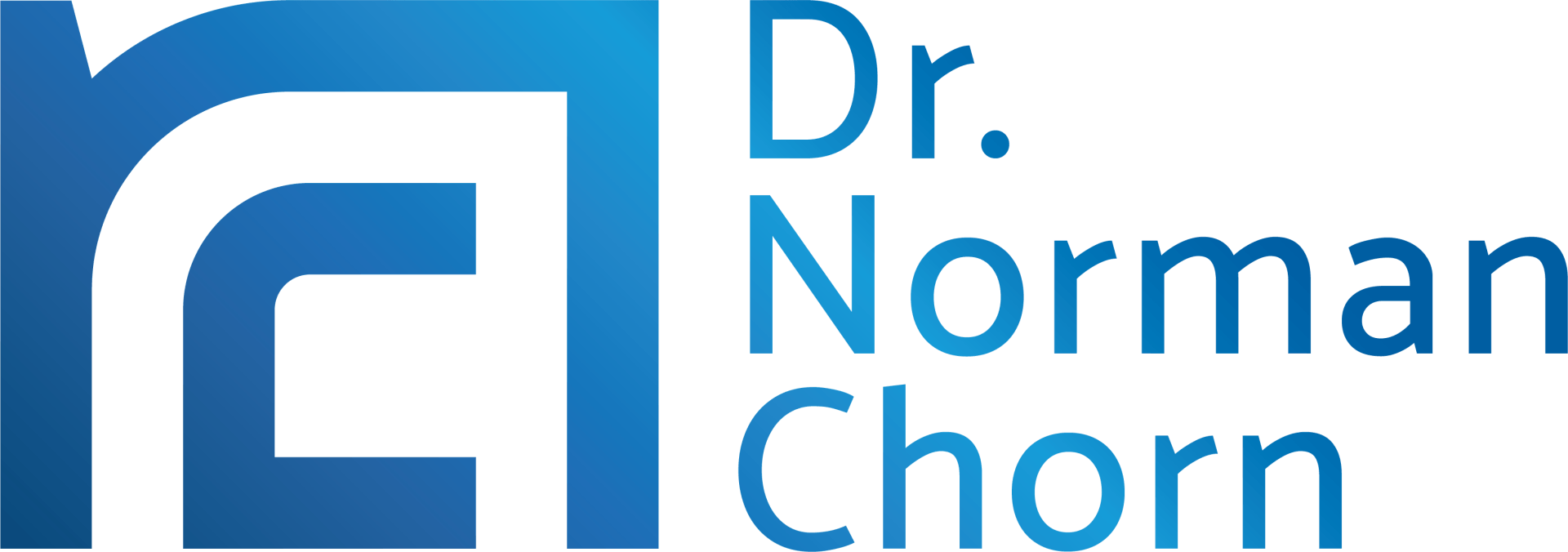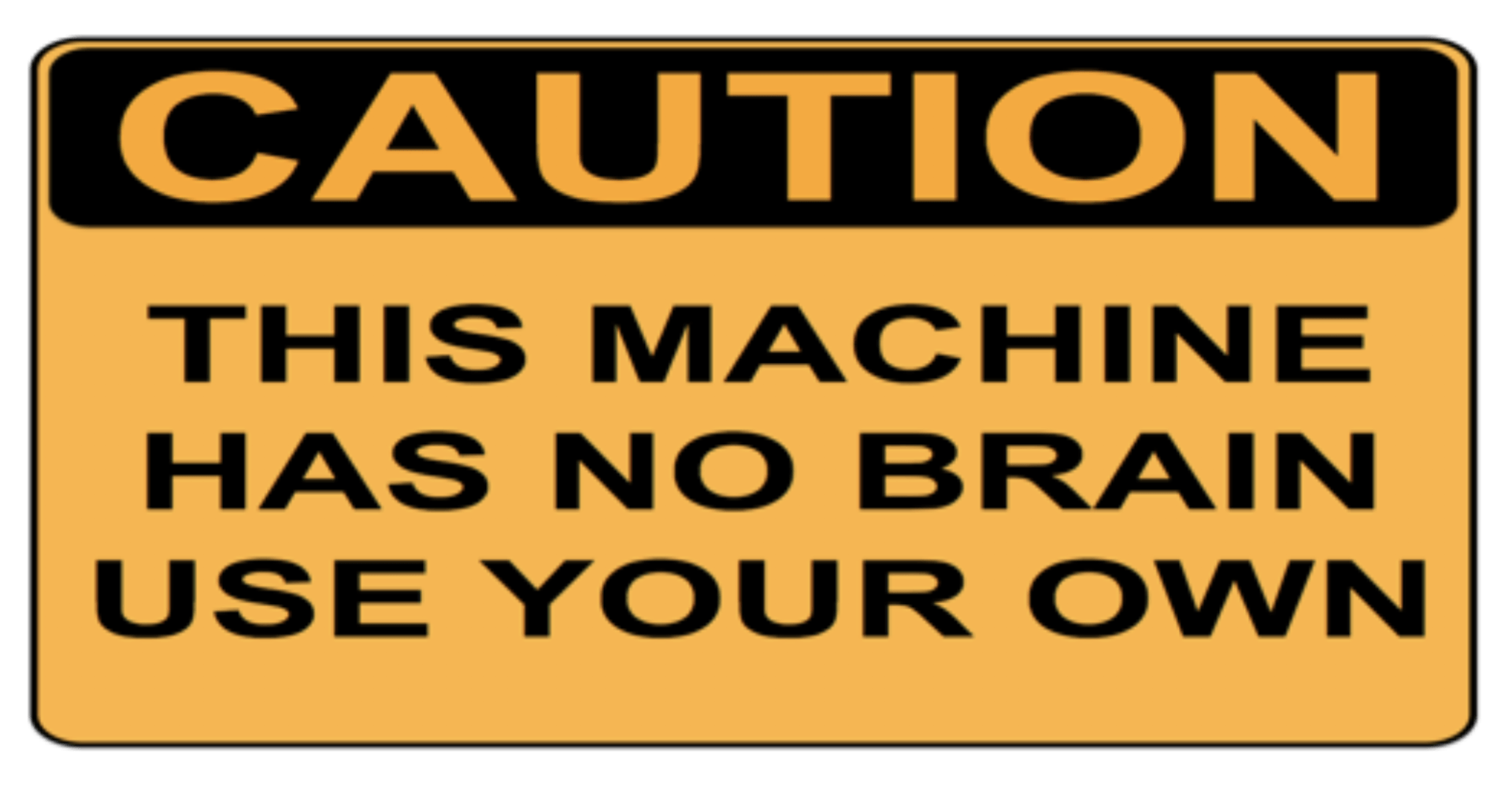Hard Science Backs Soft Skills
We have seen a marked increase in the interest shown towards brain research over the past few years. The field of neuroscience is gaining popularity fast and has turned its attention to the world of work and the study of effective leadership.
David Rock, an Australian researcher, coined the term “Neuroleadership” in 2006 (1) to demonstrate how an understanding of the human brain could enhance the effectiveness of leadership and workplaces.
The work of Rock and others demonstrates that the effectiveness of the so-called “soft skills” - usually advocated by psychologists and social scientists - is borne out by hard science and evidence!
Moreover, in our complex organisations and environments of today, the traditional tough and “hard” approach to strategy - favoured by many traditionalists - is often associated with rather soft and unflattering results.
‘Good' Vs 'Bad' Strategy
My recent article (2) outlined the key differences between ‘good’ and ‘bad’ strategy. Good strategy is characterised by three factors:
- a good diagnosis of the problem / challenge and its causes
- a coherent solution to the problem / challenge
- a commitment to the solution that is gained from involvement and participation.
Consequently, strategy has a high propensity to fail when it:
- jumps directly to “what we’re going to do” without an explicit analysis of the problem / challenges and its causes
- has no coherent solution (clear pattern of actions) - based on the situational diagnosis - that addresses the problem / challenge
- does not involve and gain commitment to the solution by the people who have to execute it (my colleague Lisa Carlin calls this “dark room strategy” - in that it’s developed secretly in a dark room and then exposed to the rest of the organisation after all the planning has been done).
So, Why Does 'Bad' Strategy Often Fail?
An understanding of the brain helps us to understand why bad strategy often fails - and why good strategy is likely to be more effective.
Why is it better to explicitly diagnose the situation before jumping straight to“what are we going to do”?
A study of the brain tells us that the brain often tricks us into misperceptions about a particular situation. Research by Roxburgh (3) in 2003 identified a series of flaws in the way that otherwise highly effective executives operate. These are all related to the way the human brain functions. They include:
- The brain is often overconfident and tends to have a somewhat unrealistic view of one’s abilities. This is a particular problem when making estimates or assessing situations
- The brain has an aversion to loss (or a threat) that is greater than the excitement of prospective gain (reward). As a consequence, there is an inherent bias towards the status quo which means that a chosen solution is likely to reflect initiatives that were previously successful, not necessarily those that are suited to the current situation.
- A peculiar operating flaw of the brain is its tendency to ‘anchor’ - relating something new and unknown to that which is well known. In many cases, past performance is not a good indicator of future performance - particularly in vastly changed circumstances.
Why is it important to develop a coherent solution - a clear pattern of action - to address the problem / challenge?
The part of the brain that is devoted to complex problem solving and prioritisation - the pre-frontal cortex - has a remarkably limited capacity. Estimates vary, but the consensus is that about 4-6 pieces of information can be retained and acted upon at any point in time. And this consumes a significant amount of mental energy.
So, the aim is to increase the efficiency of this valuable mental capacity. One way to preserve and optimise this valuable resource is to create a coherent ‘picture’ of the solution - some sort of visual representation. The key is not the actual picture or visual, although this is useful. The key is that the visual is a powerful and integrated ‘picture’ of the solution. It summarises the information.
It presents the required actions as a coherent pattern of actions that can be easily understood and remembered. There two reasons why a coherent pattern or ‘picture’ of the solution is so powerful:
- A coherent pattern or picture is a highly information-efficient construct. It is easier to hold that form information in your mind and act upon it.
- The brain has a long history of creating mental imagery. Through thousands of years of evolution, the machinery of the brain that holds this information is highly efficient and effective.
The organisation and its people are far more likely to understand, retain and act upon a solution that is a coherent pattern of action (a ‘picture’ of the solution) rather than a disparate collection of individual initiatives. And it obviously helps if the solution has been derived from a good diagnosis of the situation!
Why is it important to develop commitment to the solution through participation in the problem solving phase?
Again, the answer to this question is often answered by referring to the importance of the ‘soft skills’ approach advocated by psychologists and social scientists. But ‘hard’ scientific research into the functioning of the human brain now provides clear evidence to support this.
The research by Rock and others show that the brain is a social organ - ie it is very responsive to the dynamics of the social situation. As such, the brain responds in a particular way when it perceives situations of:
- a loss in status
- a loss of autonomy
- a loss in social relatedness
These situations evoke a neural response in the brain as powerful and painful as a blow to the head! (5)
Importantly, they are perceived as threats by the brain. Threats which evoke a biological response that diverts significant energy and brain capacity to the limbic system - the part of the brain that manages the “fight or flight” response. All of which results in a significant reduction in productivity, commitment and engagement by individuals and teams.
A loss in status: Where an individual or team is excluded, intentionally or otherwise, from a solution-finding (planning) process, the brain perceives this as a loss in status. The stress-response kicks in at this point, and the brain releases cortisol and other stress related hormones. The result is a diminished problem solving capacity and a reduction in productivity.
A loss in autonomy: Where people feel they have sufficient control over their responses to the environment, they are able to control their stress levels. However, when their sense of autonomy is threatened (for example, when they lose control over decisions about a problem or challenge they understand), this generates a threat response for the brain. Again, this is accompanied by a reduction in brain capacity and engagement.
A loss in social relatedness: Cooperation, collaboration and teamwork all rely on good relationships, underpinned by trust and empathy. The brain develops this trust by making ‘friend-or- foe’ decisions and then treating people or groups accordingly. Importantly, the ‘foe’ conclusion is arrived at when people are cut off from social interaction. Perceiving someone (or another group) as a foe, induces the threat response with all the negative side-effects discussed above.
What Does This All Mean For Good Strategy?
There are three guidelines for ‘good’ strategy from this analysis:
1. Even though you think you understand the problem / challenge faced, undertake an explicit diagnosis of the situation. Do it on paper. Review it with colleagues. That way you have a better chance of overcoming the natural misperceptions of your brain
2. Think about the solution wholistically - as a picture. Ensure that the different elements all hang together and that there is a coherent story running through. This way you improve the chances of the solution being understood and remembered by people
3. Avoid the ‘dark room’ when developing the solution. Expose your process and invite participation from your people. That way you avoid the perceived loss of status, autonomy and social relatedness - and the loss of productivity that ensues.
We note that leaders or managers who create situations in which the brain functioning is compromised, are often unaware of the implications of their actions.
Leaders may not be consciously aware of the natural biases created by their brains or the fact that visually coherent solutions are more easily understood or remembered. In addition, they may even be insulted by the notion that they are “threatening” their staff when conducting strategic planning ‘in a dark room’ without consultation.
However, consciously or not, these errors all contribute to ‘bad’ strategy that will inevitably result in less than optimal performance by the organisation. The hard evidence provided by the neuroscientists’ research all point to the fact that unless we account for the impact of the brain in people’s behaviour, we may be doomed to growing frustration about the performance of our complex organisations.
I’d like to acknowledge the contribution of Lisa Carlin for her comments about ‘dark room strategy’. We are planning an article that deals with that subject shortly.
References
(1) The neuroscience of leadership, David Rock and Jeffrey Schwartz, Strategy + Business, Summer 2006
(2) How to recognise bad strategy, and what to do about it, Norman Chorn, Leadership Insights, Sep 2012
(3) Hidden flaws in strategy, Charles Roxburgh, McKinsey Quarterly, 2003, Number 2
(4) Your brain at work, David Rock, New York, 2009
(5) Managing with the brain in mind, David Rock, Strategy + Business, No 56, 2009
About the Author
Dr Norman Chorn is a highly experienced business strategist helping organisations and individuals be resilient and adaptive for an uncertain future. Well known to many as the ‘business doctor’!
By integrating the principles of neuroscience with strategy and economics Norman achieves innovative approaches to achieve peak performance within organisations. He specialises in creating strategy for the rapidly changing and uncertain future and can help you and your organisation.
Subscribe to our regular articles, insights and thought leadership




